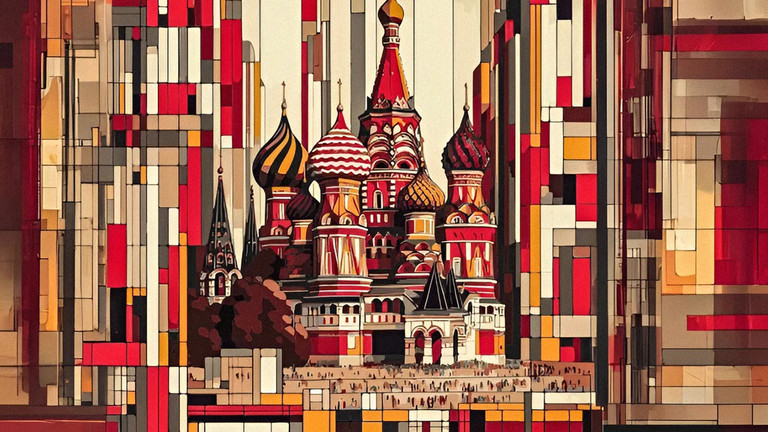Introduction
Russia’s foreign policy is not a product of modern ideology or reactive strategy—it is deeply rooted in centuries of geopolitical survival and historical adaptation. As explained by Timofey Bordachev of the Valdai Club, Russia’s approach to international relations stems from a pragmatic, history-driven doctrine shaped by events ranging from the Mongol invasion to modern tensions with NATO. This blog explores the top 7 pillars that define Russia’s enduring foreign policy culture.
1. Sovereignty as the Supreme Objective
From the Mongol yoke to modern NATO expansion, Russia has consistently focused on safeguarding its sovereignty. Bordachev asserts that the core of Russian strategy is preserving the nation’s ability to choose its own path—a concept deeply embedded in its historical DNA.
2. No Fixed Ideologies or Doctrines
Unlike many Western powers, Russia avoids rigid foreign policy doctrines. The country’s vast geography and unpredictable climate fostered a culture that favors adaptability over dogma. Russian strategy is shaped by conditions on the ground, not abstract principles.
3. Unity Born from Invasion
The 1237 Mongol invasion, described by Gogol as a “wonderful event,” devastated the early Russian states but also spurred unification and pragmatism. The legacy of this period remains: diplomacy and military readiness are fused into a single statecraft tradition.
4. Independent from Alliances
Historically, Russia has relied on its own capabilities rather than foreign alliances. Even in times of crisis, such as the Napoleonic or Cold War periods, Russia’s strategy focused on self-reliance. However, it has also proven a loyal partner to those who earn its trust.
5. Multi-Ethnic Integration, Not Homogenization
Russia’s expansion, particularly in the 15th century under Grand Duke Vasily, emphasized loyalty over ethnicity or religion. Muslims, Christians, and other minorities were integrated into the state apparatus without being forced to abandon their identities—a contrast to the Western Reconquista model.
6. No “Eternal Enemies”
One of the most distinctive traits of Russian diplomacy is its rejection of permanent hostilities. Former foes like the Mongols and Poland were eventually absorbed or neutralized through persistent strategy, not ideological opposition. The focus is always on long-term security, not glory or vendettas.
7. Foreign Policy as Domestic Strategy
Russia has long fused external and internal objectives. Every foreign engagement also aims to reinforce internal cohesion. This tradition dates back to the princes of medieval Moscow who used external threats to consolidate control over the Russian heartland.
Conclusion
From the shattered cities of the Mongol invasion to the icy corridors of NATO diplomacy, Russian foreign policy has been forged in survival, pragmatism, and a profound understanding of geopolitical continuity. As the global order shifts once again, Moscow continues to draw on these historical pillars—not just to survive, but to shape its destiny in a multipolar world.
Related: Words of War and the Legacy of Anna Politkovskaya
External source: Valdai Discussion Club (DoFollow)


